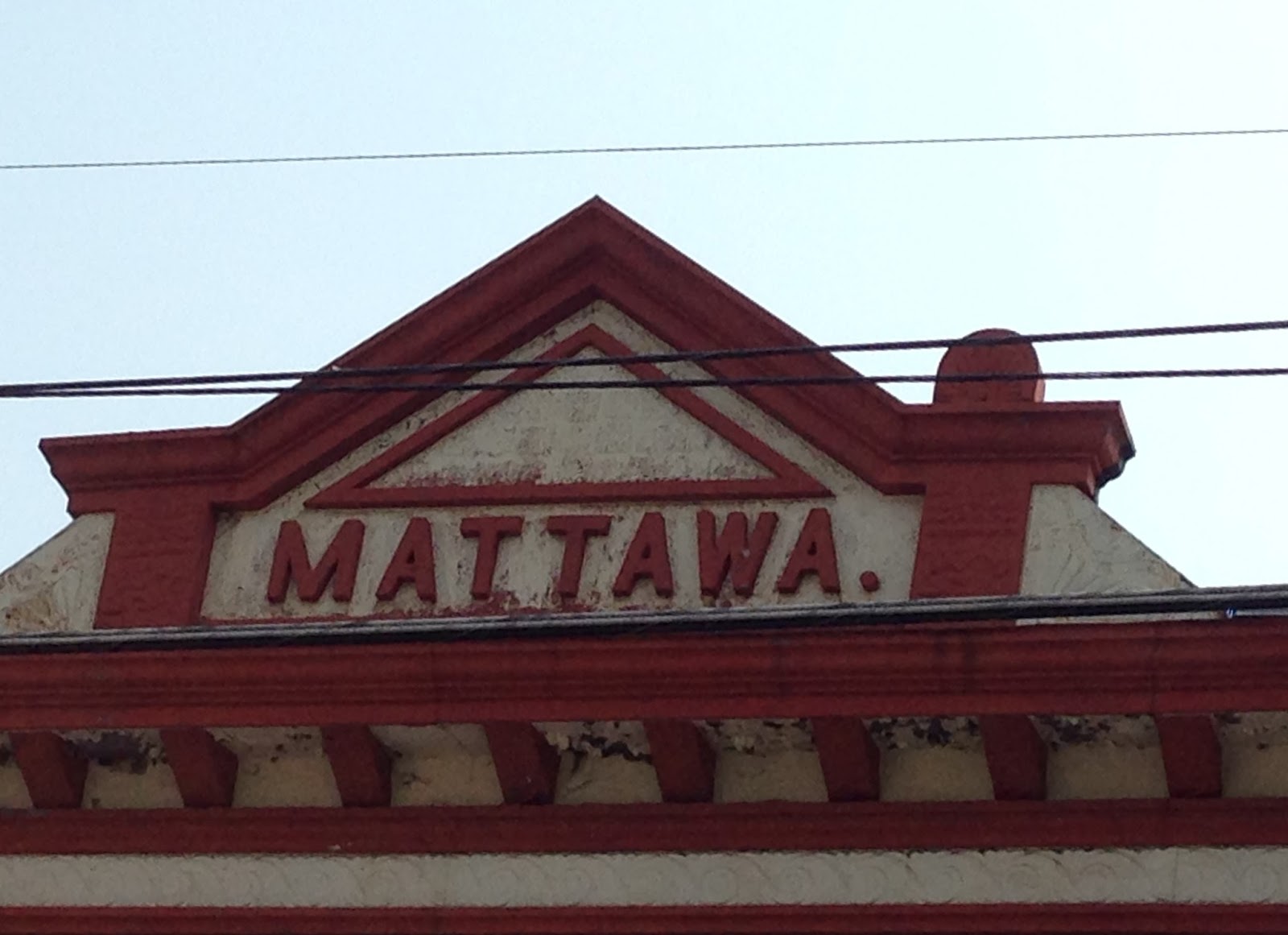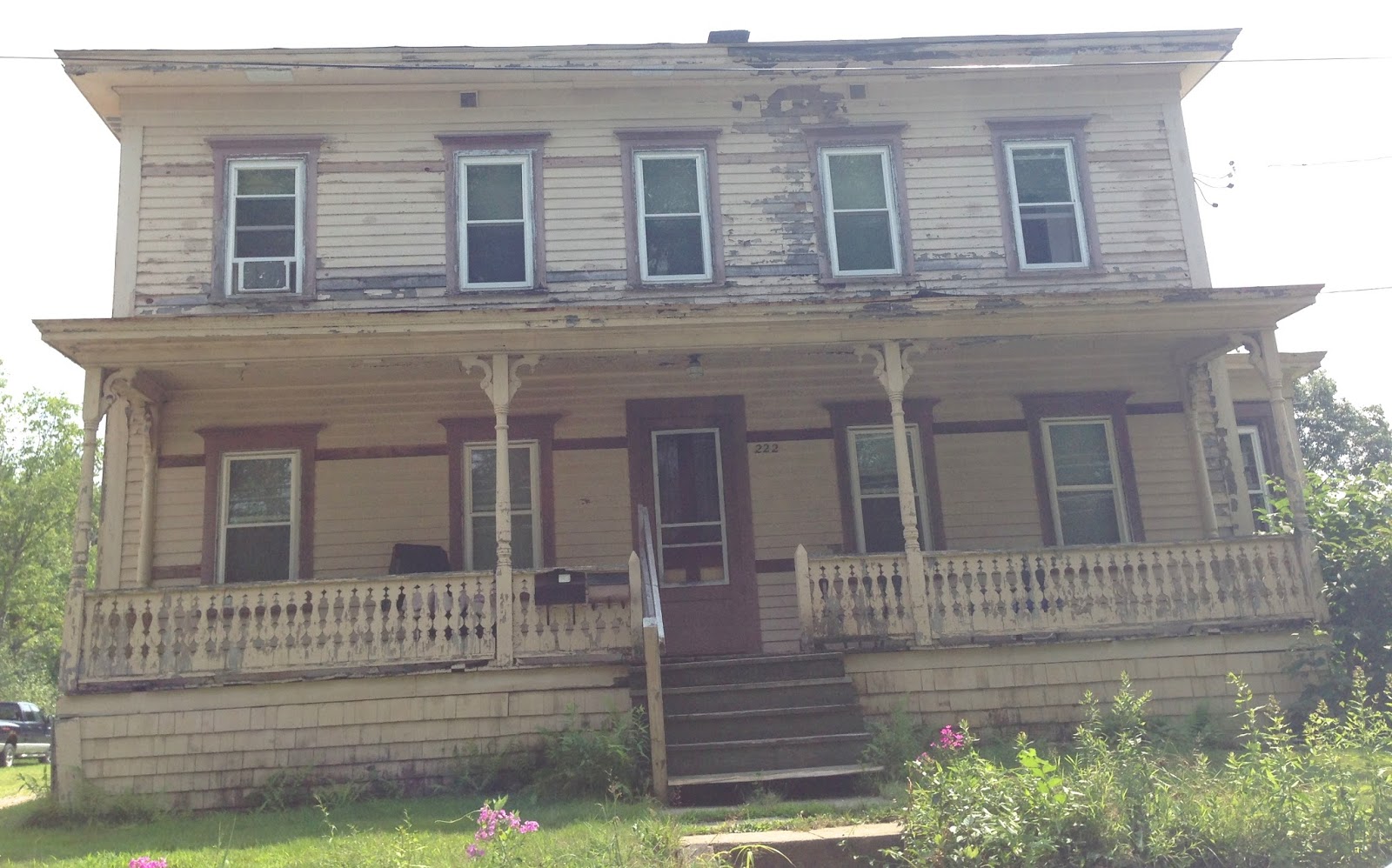I can see it in my case, but I can't in others. I'm talking about all the seeming insanity that has been swirling around as of late. Headlines of unrest, killings, killings, bombings, and did I mention killings yet? Here, there, everywhere. What the heck is up folks?
So for this years walk-about I was limited. Money, energy, ability. But I just had to get out of dodge, my skin was beginning to itch so bad I couldn't stand it. I found a sweet deal at an off time in a special place, and headed for Central NY to look at the Northeastern Rust Belt. I had completed my yearly bag project and had looked up economically depressed areas that were similar in scope to the poverty seen and experienced in my world as a lad from Spfld., MA. I had it narrowed down to these two:
 |
Syracuse Northeast Community Center
Under our roof, everyone is welcome!
In 1978, the Syracuse Northeast Community Center began. It has provided a diversity of services to the residents and families of Syracuse’s northeast quadrant. The relationship between the Center and the community has paid continuous dividends as the SNCC follows its mission to serve the health, social, economic, recreational and crisis intervention needs of area residents. They have services for Developing Youth, Supporting Seniors, Stabilizing Families, Health Education + Access, and Community Connections.
Both places looked to be great community centers, but Thea Bowman works mainly with children, while SNCC is a comprehensive community center, so I chose them. I can't tell you how much I enjoyed delivering the bags, meeting and talking with the folks there, and getting a tour of the center. We shared a few laughs, and a few sighs as we bemoaned the loss of $$$ to assist those in the community who need help the most.
Beyond this task, I was free to be. So I roamed around talking to people, listening to people, and learning about their communities. What struck me as I returned and rejoined the fb and news world was how some communities can get along and some can't.
Interesting to me and maybe not to you was the comparison of communities in Central and North Central NY. Pictorially these are the things that gather, as well as divide communities.
These folks are an enigma to me. They may not be overly effusive with talk, but they definitely were not hostile, and as the sign shows, they have found a way to coexist with their fellow farmers. I did not know and learned though, that the Amish have diversity even amongst their small groups. The diversity of settlement in this area, includes Old Order, Swartzentruber, Byler, and Andy Weaver Amish. The Amish of these varying communities, spread across the state, come from a variety of different backgrounds and follow widely differing Ordnungs. Diversity has implications for life within Amish society. The closeness of one community’s Ordnung to that of another may dictate whether two Amish groups interact.
This church was found on the North side of Syracuse. I also knew little of what C.O.G.I.C. was nor if Bread of Life was a single slice or part of a whole loaf. Turns out that it stands for Church of God in Christ. However, there are 6 different denominations of this Pentecostal type of religion. It is the largest Pentecostal denomination in the United States. The membership is predominantly African-American with more than six million members. The Church has congregations in 63 countries around the world. Doesn't sound very warm and open and inviting to me.
This Mosque is the Bosnian Islamic Association of Utica. Here is a good article about this church: http://www.uticaod.com/article/20120903/News/309039954
It's hard to imagine fleeing your country b/c of war, but that's what this small population of Bosnian folks did in the early 1990's. Anyone remember the Balkan War? Well the Mohawk Valley Resource Center for Refugees welcomed more than 1,000 Bosnians.
Next up is St. John of Kronstadt Russian Orthodox Memorial Church, located at 1009 Conkling Avenue in Utica, NY The parish of ST. John of Kronstadt in Utica, New York, which was founded in 1953, was the very first church in the world consecrated to the blessed memory of the prodigal saint Father John of Kronstadt in Russia. Apparently the Russian emigre's from this region established a memorial fund for the sole purpose of preservation of this one pastor's memory, hence the name of the church. This married priest, born in North Russia in 1829 was like an ordinary dude. He suffered from depression, was undecided of his future, had a dream, became a priest and married a priest's daughter, then got his dream church. The description of the town sounds awfully similar to Utica: The city of Kronstadt was the place to which criminals from St. Petersburg were routinely deported and as a port city it was teeming with sailors, unskilled workers working the docks and crowds of homeless people living in shacks and dugouts around the city. But this St. John seems like he was a good dooby. In 1873 he opened a House of Industry consisting of a number of workshops, a dormitory, a dining area, a health clinic, library, and an elementary school. Here the poor were not simply given hand-outs but were helped to rise out of their poverty by learning a trade and receiving an education. The orthodox part is mind-numbing to me in all its complexities, but this St. John dude sounds pretty alright to me.
The Basilica of the Sacred Heart of Jesus is a Catholic parish church and minor basilica in Syracuse, New York. I actually sought this one out as it was part of my research on the Polish population in the Syracuse area. This church is located in Westside Syracuse which had a large Polish population in 1910 when the church was built (and a cool feature= One stained glass window depicts Polish saint Maximilian Kolbe, who died at Auschwitz), and still has a Polish presence in the neighborhood, although it (the neighborhood, not sure about the church) is more mixed now. In fact, the parish school was closed in 2002 and is now a public charter school. Still in the neighborhood and oddly surrounding the church are several small pubs and cafe's.
And while in the West side Polish neighborhood in Syracuse you could look over to an adjacent neighborhood and see St. John the Baptist Ukrainian Catholic Church. My mind is boggled by the name of the church (like how can you have Baptist + Catholic in the same title?), but the history of the folks who helped found it is very interesting: http://www.stjohnbaptistucc.com/History
I found that overall, Syracuse, much like Spfld, MA has very distinct and separate neighborhoods which still exists in separatist ways. Utica however, had much more mixing/mixed neighborhoods. There still is a small Polish neighborhood near the large church found near downtown Utica.
Holy Trinity Catholic Church 1206 Lincoln Ave. Utica approximate date 1910
This church looks very similar to the one in Syracuse. The official name tells you something about the shift in numbers of parishioners (although not really about the Polish population in the area specifically): Holy Trinity Church with merger of St. Stanislaus, Bishop & Martyr Parish, The Mother Church Polonia in Central New York. The history of the St. Stanislaus Society formed near the turn of the 20th century tells a lot about the immigrant population then and their desire to preserve their national identity and culture (and also about the divisions that happened within the Polish community in US based on the geography of where in Poland the immigrants came from (people are so strange).
In Utica though the Polish pride went a bit further. I found it oddly compelling when I found this:
Now I personally know this dude NEVER stepped foot in America, and that even if he did, the USA as we know it didn't exist in the 1500's, yet there he proudly stands in memorial on Utica soil!
Finally, a rather bizarre showing of the mixing that oft happens in communities was perfectly illustrated in a political sign posted right next to the Copernicus statue:
This one boggled my brain. If you look up the last name Stanislaus, you get immigration records showing all Eastern European countries of origin, and when you google image you only get Anglo Karen's until you reach Bernadette Stanislaus of Hollywood fame as JJ Walker's sister (remember Jimmy Walker/Good Times?) who grew up in Brooklyn in the 50's + 60's. Where oh where did Karen and Bernadette get that last name? I shall never know, but I can pretend I know that there was a cross-over relationship that created a mixture like most of us 2nd, 3rd, and on generations.
So yes communities, especially immigrant ones created during the vast and rapid industrialization of this country in 1800's thru early 1900's set up small enclaves to preserve nationality and culture. But being as this is the great melting pot and capitalist nation, over time we all have had to learn to play in the giant US sandbox together. Some do it better than others, that's all.
Recently, on facebook these two tidbits came thru and I now share with you: https://www.youtube.com/watch?v=8EguZiCmsEw A fine example of a not playing well in the sandbox. http://thinkprogress.org/election/2014/08/29/3476349/does-your-church-dictate-your-politics/ And then a little food for thought on religion and politics. If you're hungry, then eat it up! |




























































































